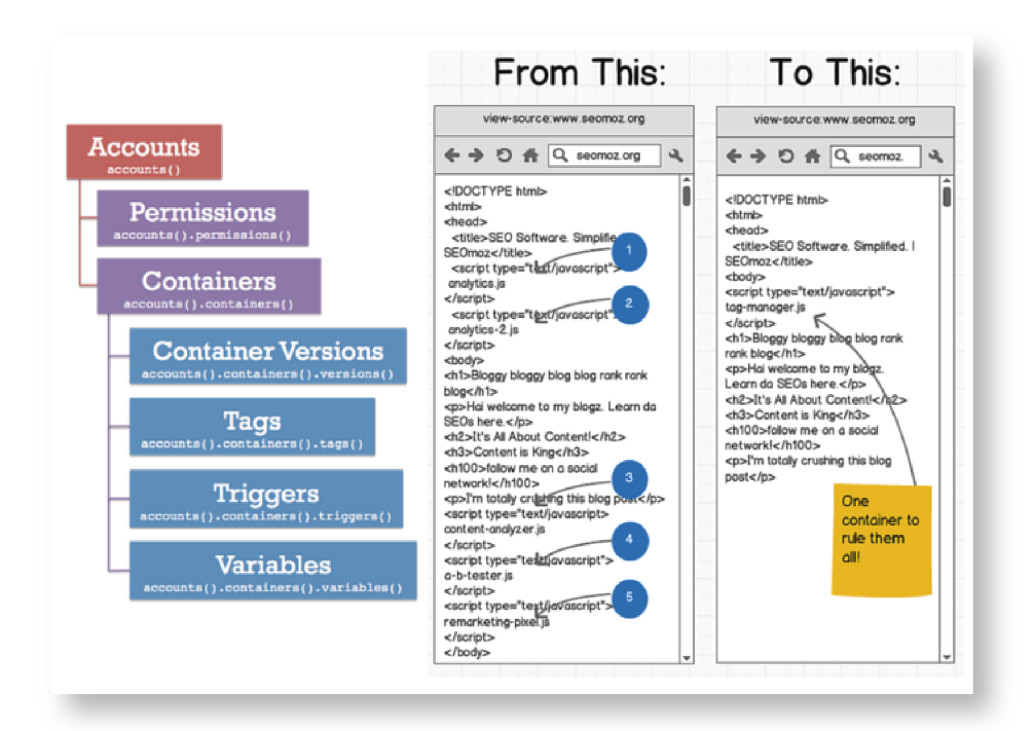Get quick and easy #SEO optimization from Google Tag Manager (#GTM) with this unmissable how-to guide.
GTM is a tool with many benefits for any online marketing campaign. Ultimately, it changes the way you implement Google Analytics tracking, Google AdWords conversion pixels, or tracking of all types of online advertising, among other things.
With this resource, the relationship between the IT and Marketing departments of large companies is forever changed. The consequence of its use is a streamlining of processes and a consequent simplification of the life of online marketing agencies such as ours when it comes to maintaining tracking codes and various pixels on numerous websites.
All this, in turn, allows us to offer higher quality services with optimal results.
What is GTM for?
This tool allows you to easily and quickly implement tags and code snippets for a website or mobile applications, such as those for traffic analysis and optimizing marketing campaigns.
In addition, HTML code snippets can be implemented or JavaScript elements can be embedded without touching the source code.
Modifications are made to the front end that can be triggered in three different stages:
- Page View (when the browser makes a first analysis of the site).
- DOM Ready (the browser finished creating the content).
- Window loaded (browser loaded content, images, scripts completely).
An example:
E-commerce goes out on the weekend with Ahora12 on a site and needs to dynamically modify the quotas of its products for Saturday and Sunday. At the same time, it has a script that raises the number of quotas to embed them in the meta description.
If these scripts are triggered at the same time, the meta description may take the wrong information. In this way, what we need to do is to trigger the dynamic quotas in the DOM Ready to create the content and raise the meta description at the stage of Window loaded, so that, in this way, it raises well and in a staggered way the data in the SERP.
Zoom: GTM
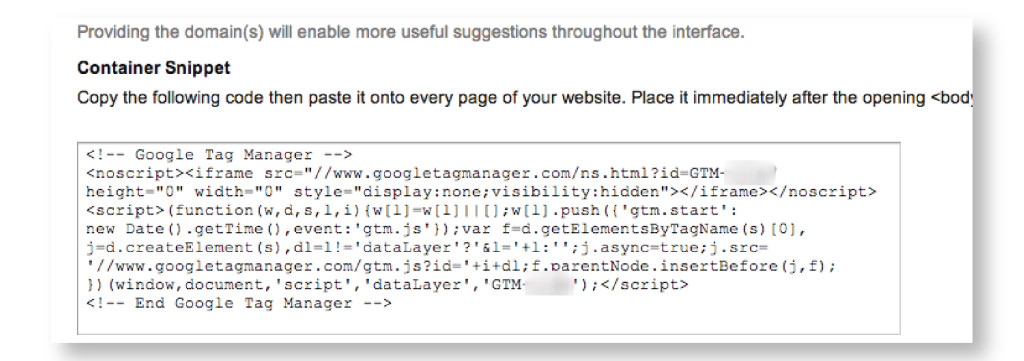
The GTM container code snippet has an ID just like an Analytics account has. The nomenclature is always GTM-XXXX.
The GTM snippet should be pasted into the HTML just after the <body> tag on all pages of the site. Doing this wrong can cause the tags to execute incorrectly.
Advantages
- Time-saving: Using GTM allows us to make changes to the tags without touching the source code and without the need to go to the Devs. We need a resource with jQuery and/or JS skills to assemble the tags and load them.
- Improved tag management: We manipulate everything from the GTM container. And we can save the versions of each implementation to rollback at any time.
- Improved load time: Less JS, better load time, better positioning. We clean up the site code and improve performance.
- Immediate implementation: We avoid “waiting for the next sprint” and implementation costs for clients who pay hourly fees to system agencies.
How GTM works
Tags
- They are triggered by rules set based on variables.
- There are default tags (Analytics, AdWords, Remarketing, Criteo)
- Triggers (Rules)
- Rules that trigger tags
- They are composed of variables defined by the GTM user.
- They are associated with the event that triggers the tag (Click, Pageview, Timer, etc.).
- Variables
- Elements that will trigger the trigger (URL, Hostname, Referrer, Event)
- There are GTM default and custom variables (important for SEO).
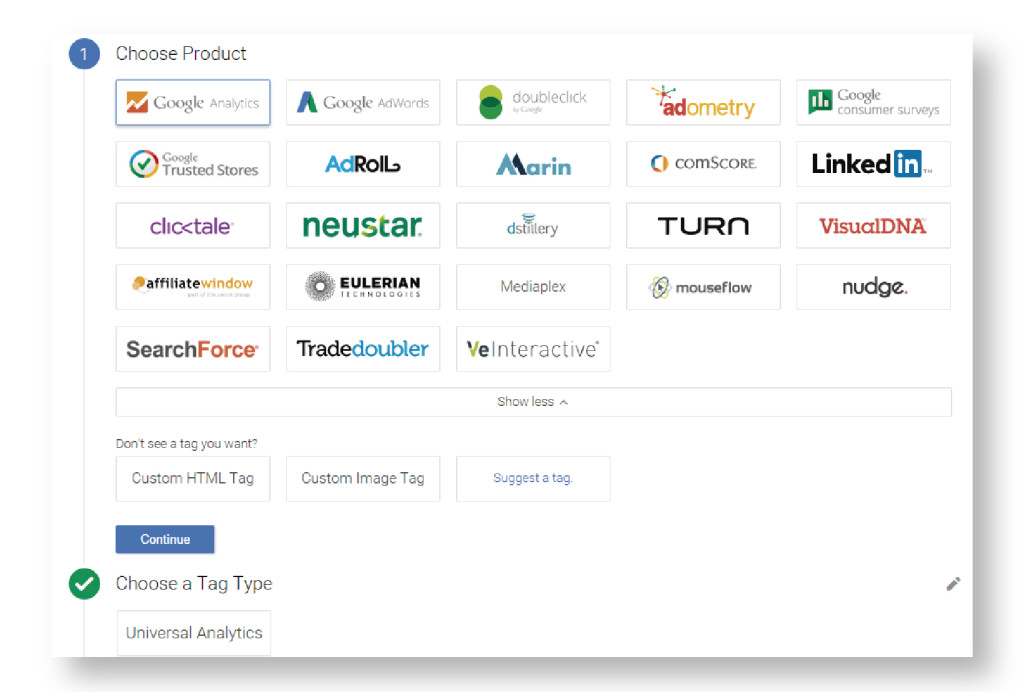
Custom HTML is the most important tag for SEO.
Triggers and variables
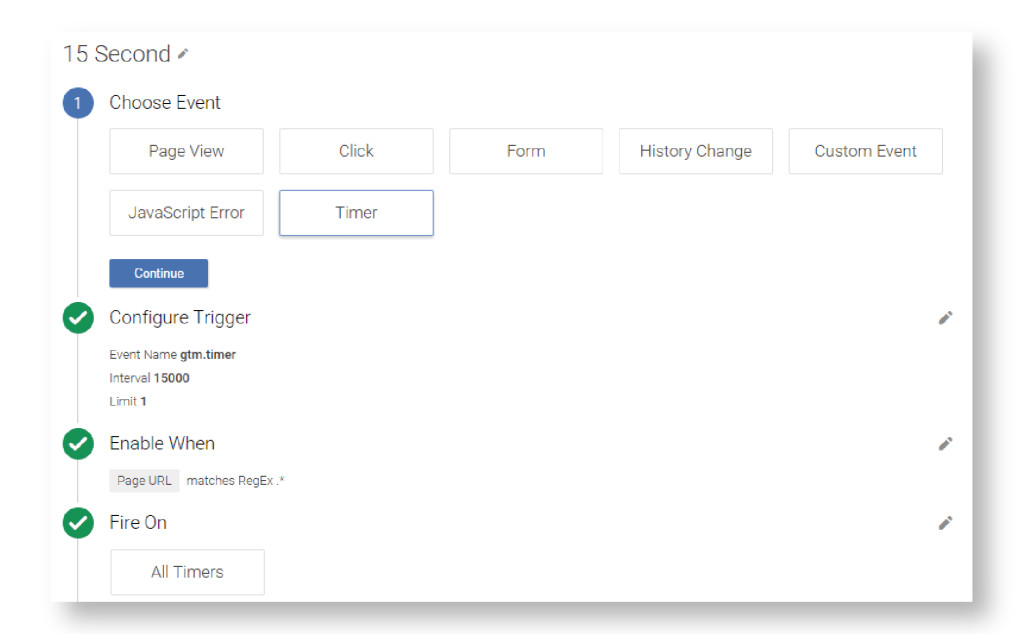
URL is the variable that triggers the Tag
The default variables
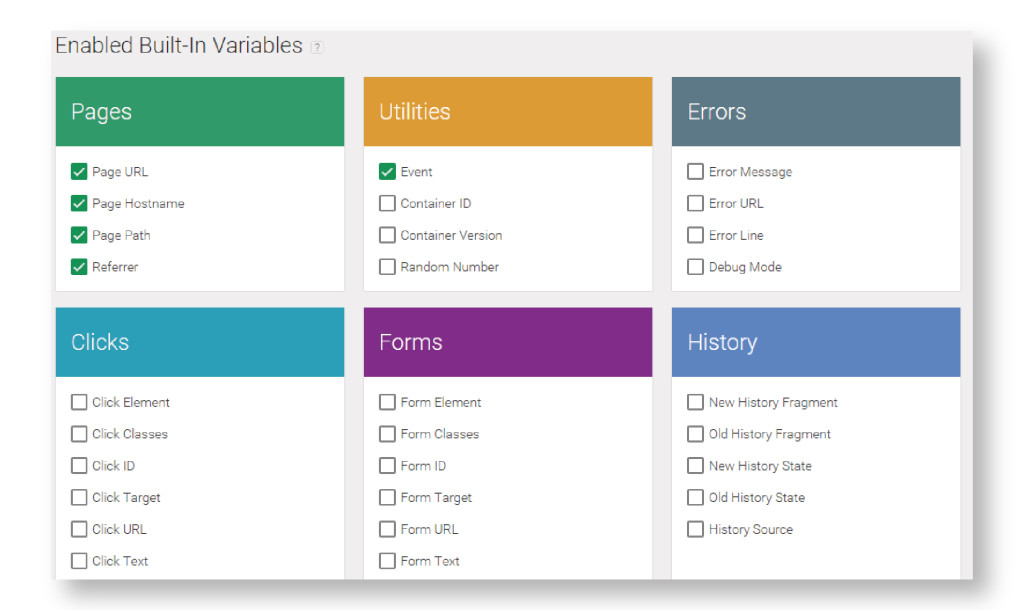
Custom variables
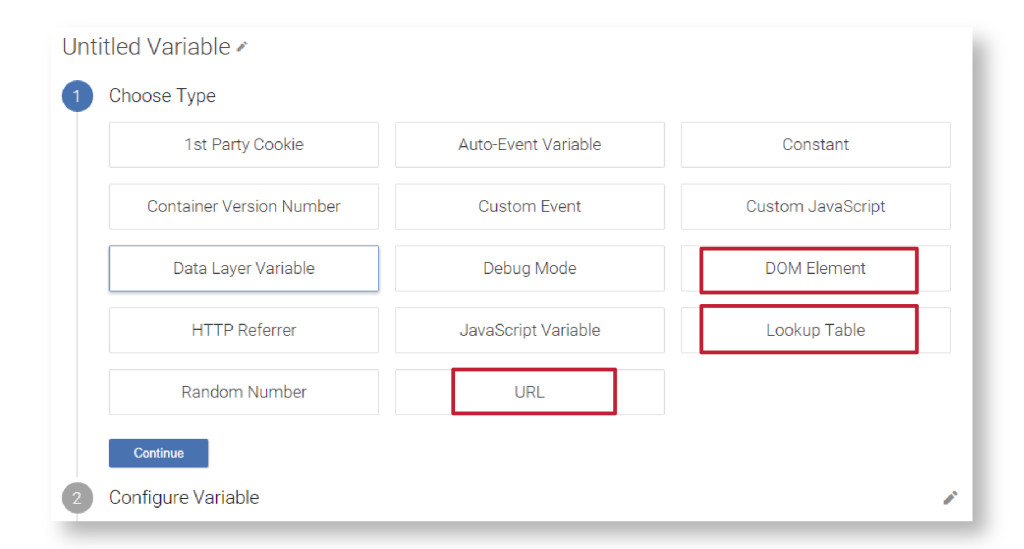
URL, DOM Element and Lookup Table are the most important.
Changes by GTM
- Title tags
- Meta descriptions tag
- Schema and Markup Optimization
- AMP settings
- Headings (h1,h2)
- Inclusion of SEO-optimized text (including CSS)
- Inclusion of <strong> and <em> tags
- Inclusion of link box
- Inclusion of lists and images
- Image attribute optimization
- Optimization/correction of canonicals
- Meta robots optimization/correction
- Optimization/correction of href lang
- HTML redirects
- Inclusion of tracking snippets (for an eventual new site it may be on our side to include GA and Search Console tracking)
- Link attribute correction
What are the limits?
Now that we are beginning to see all the future that this tool opens up for us, we are not going to put limits or an expiration date on it.
As we have seen in this article, the optimization of page meta tags, which is a very important part of the positioning of a page, can be done without any problem.
Another important point to take advantage of is the markup of product data through Schema, also known as rich snippets. This includes product ratings, product descriptions, information about movies, restaurants, people, and in short, any of the Schema that is commonly used.
And although we obviously cannot develop a website from scratch. What we intended with this post is to test the operation of GTM applied to SEO and start with the most common tags to check the results. Once done, the next step is to continue testing to know the results.
Have you already tested your website with Google Tag Manager?

